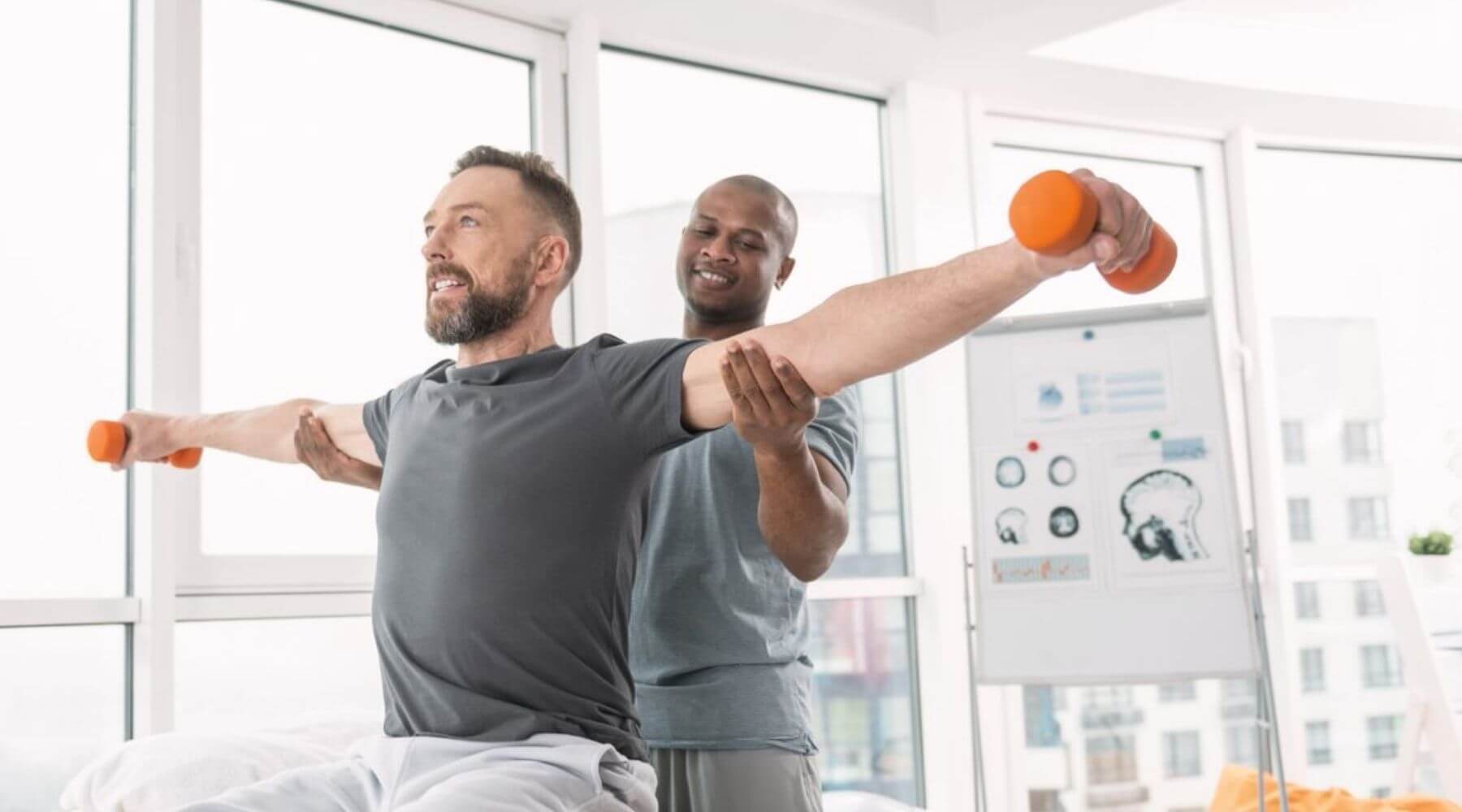The Impact of Surrounding Spaces on Exercise Habits and Exercise Choices
Wiki Article
This surrounding atmosphere around us plays a crucial part in shaping our fitness routines and exercise preferences. Factors like the accessibility of parks, gyms, and additional leisure facilities can motivate people to engage in physical activities. City environments often provide easy entry to exercise centers and public areas, while rural regions may provide different opportunities for exercise, such as walking or biking on trails. Comprehending how these spaces influence our decisions can help communities create better environments that encourage healthy lifestyles.
A single key aspect of surrounding spaces is the concept of approachability. When people have easy reach to fitness facilities, they are more apt to engage in consistent exercise. For instance, neighborhoods with parks and walking paths can motivate residents to take daily strolls or participate in athletic activities. On the flip side, if people live in areas without nearby fitness options, they may be less inclined to remain engaged in physical activity. This emphasizes the necessity for urban designers and local officials to prioritize the development of accessible recreational spaces that cater to the needs of the population.
A further critical consideration is security. Individuals are more apt to participate in public exercise if they perceive safe in their environment. Brightly illuminated recreational areas, well-kept walking trails, and low crime rates can foster a welcoming environment for exercise. Conversely, areas that are perceived as unsafe may discourage individuals from participating in outdoor activities, leading to a sedentary way of living. Thus, enhancing security protocols in community areas can greatly influence public well-being by motivating more people to be active.
The social aspect of fitness is also influenced by go to website surrounding spaces. Group exercises, such as group athletic contests or exercise sessions, thrive in environments that encourage social interaction. Recreation centers, gyms, and parks can act as meeting places where individuals come together and inspire each other to stay active. Social encouragement is vital for maintaining exercise habits, read this post here and providing accessible areas where people can meet and engage in physical activities can boost motivation and enjoyment.

Lastly, the visual appeal of surrounding areas can influence exercise routines and preferences. Attractively crafted parks, scenic paths, and properly cared for gyms can motivate people to engage in exercise. When areas are aesthetically appealing, people are more likely to dedicate time there, participating in exercise and leisure pursuits. Communities should focus on developing welcoming environments that encourage people to explore various exercise activities, making it easier for them to include physical activity into their daily lives.